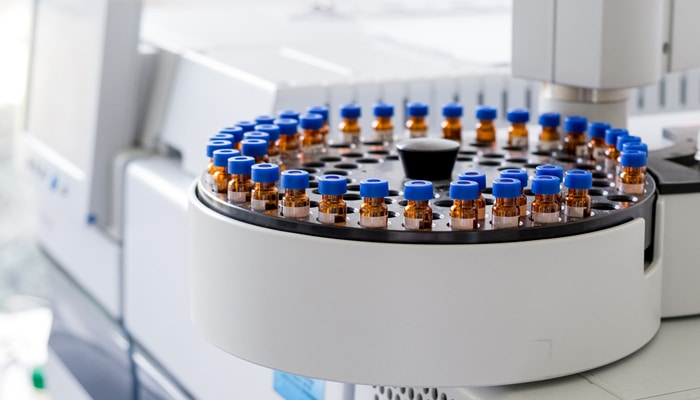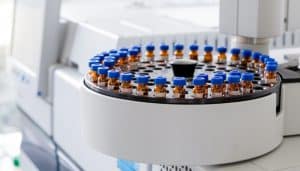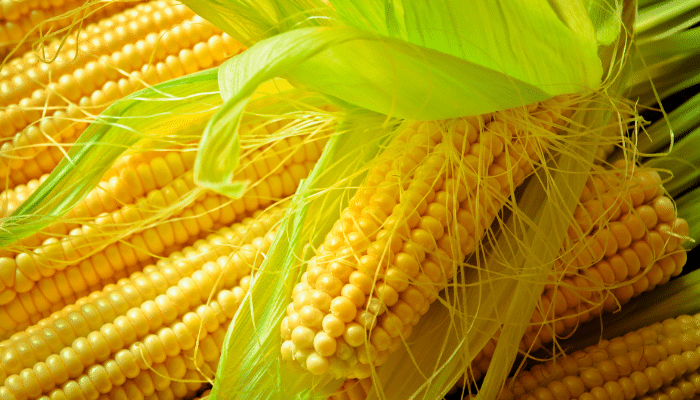

Validation of an analytical method ensures that the result is as close as possible to the true reference value of a sample.
Several standards, technical guides and regulations set requirements concerning the techniques and performance criteria of an analytical method. These include NFT 90-210, NF V03-110, LAB GTA drafted by COFRAC and Document SANTE/11813/2017 for pesticide residues.
The criteria to be validated are as follows:
– LOD : Limit of Detection, corresponds to the lowest concentration of the substance that can be detected, but not quantified, under the experimental conditions described in the method. In other words, this is the limit below which the analyte is considered “not detected”.
– LOQ: Limit of Quantification, corresponds to the lowest concentration of the substance that can be quantified with an acceptable uncertainty, under the experimental conditions described in the method.
– Accuracy: The accuracy expresses the difference between the mean value obtained from a large series of test results and a reference value. It is determined in relation to a certified reference material (CRM). In the absence of an CRM, a value that is accepted as a conventionally true value can be used.
– Fidelity: Fidelity expresses the closeness of agreement between several test results from the same homogeneous sample under prescribed conditions.
– repeatability conditions: conditions where independent test results are obtained by the same method on identical test individuals in the same laboratory, by the same operator, using the same equipment and for a short period of time.
– reproducibility conditions: conditions where test results are obtained by the same method on identical test individuals in different laboratories, with different operators and using different equipment.
– Linearity: the ability of an analytical method, within a certain range, to provide an instrumental response or results proportional to the amount of analyte to be assayed in the laboratory sample.
– Specificity: An analysis procedure is “specific” when it guarantees that the measured signal comes only from the substance to be analyzed. It is a question of demonstrating that the substance(s) quantified within the matrix are indeed the analyte(s) sought.
– Uncertainty: parameter, associated with the result of a measurement, which characterizes the dispersion of values that could reasonably be attributed to the measurand.
– Robustness: quality of a method capable of giving results of acceptable accuracy and precision under various conditions.
Validation of analytical methods is a key and fundamental step in the accreditation process.
The NF EN ISO 17025 standard requires the laboratory to validate non-standard methods, methods developed by the laboratory and standard methods used outside their intended field of application, or otherwise modified.
For any additional technical or regulatory information, do not hesitate to contact us.
Est-ce que l'article vous a été utile?
Note moyenne 0 / 5. Nombre de votes : 0
Aucun vote pour l'instant ! Soyez le premier à évaluer cet article.




